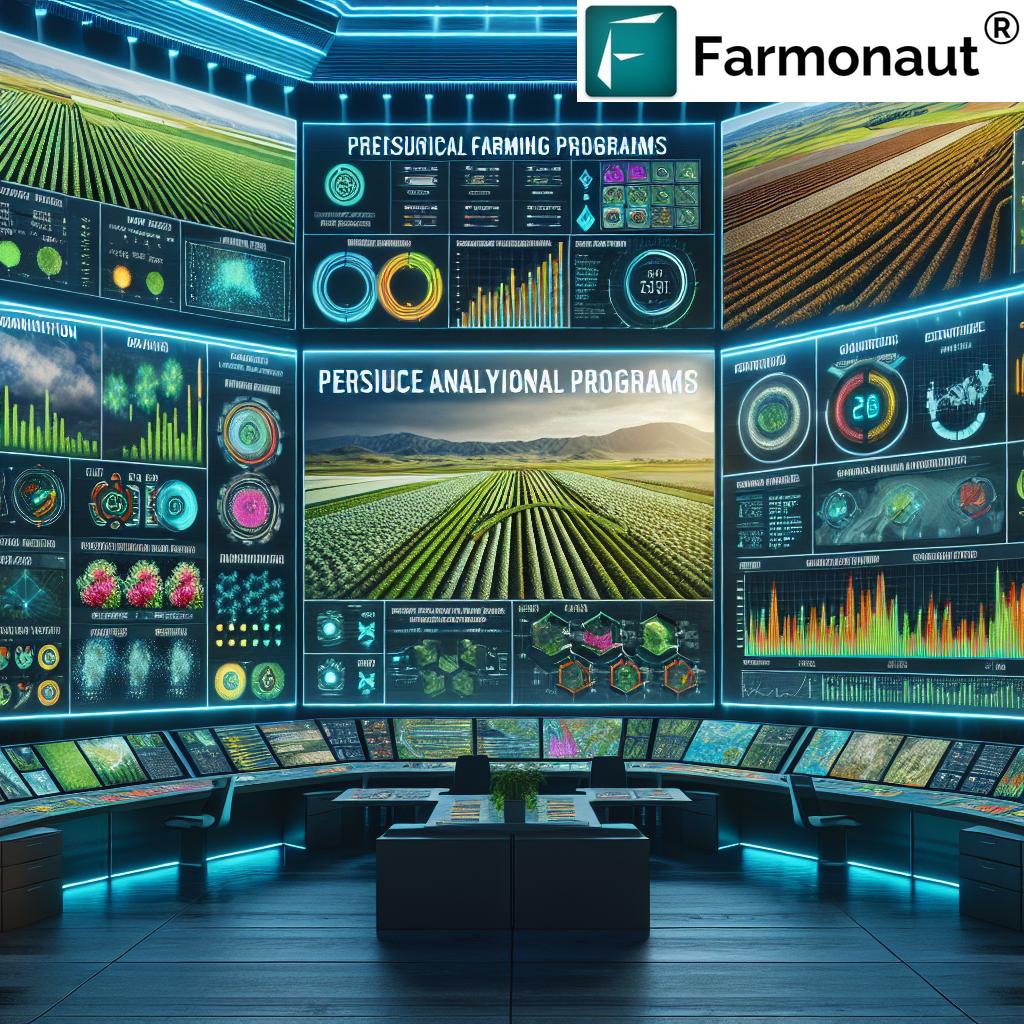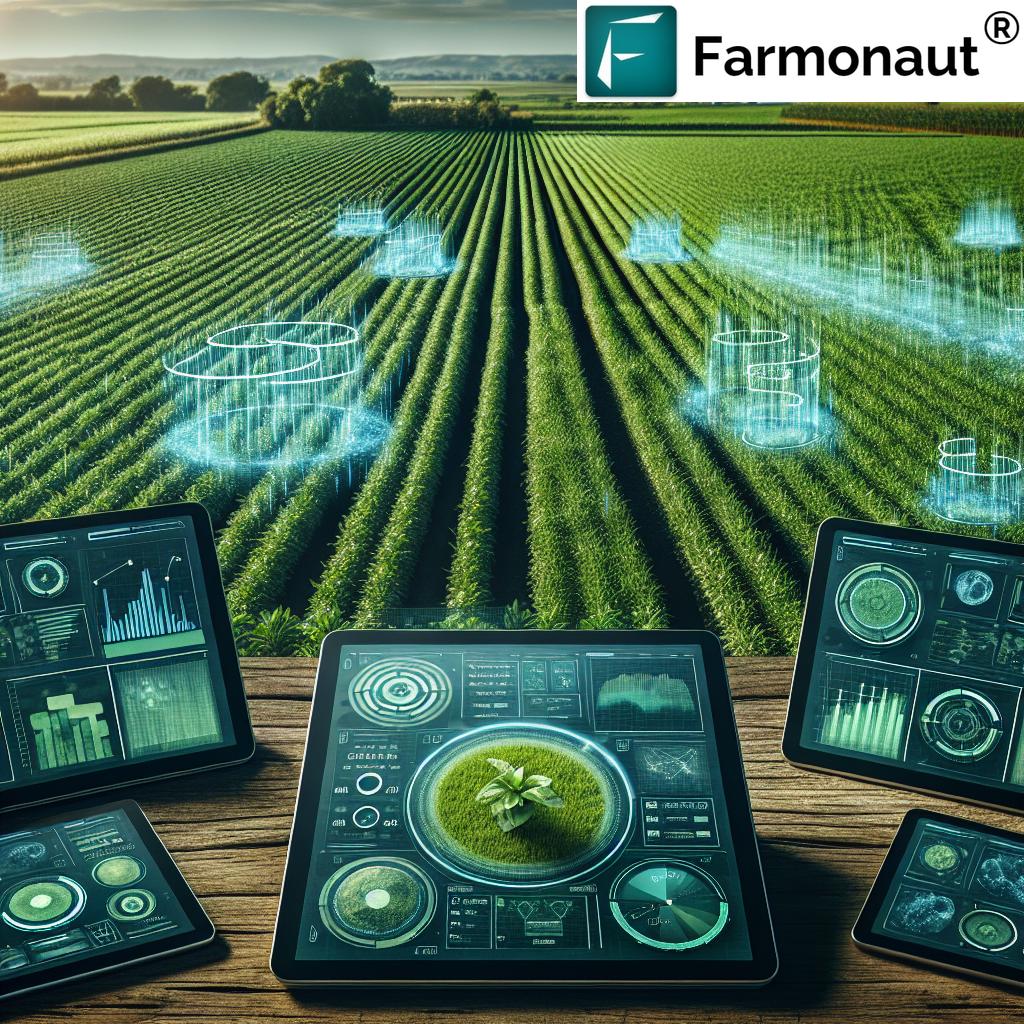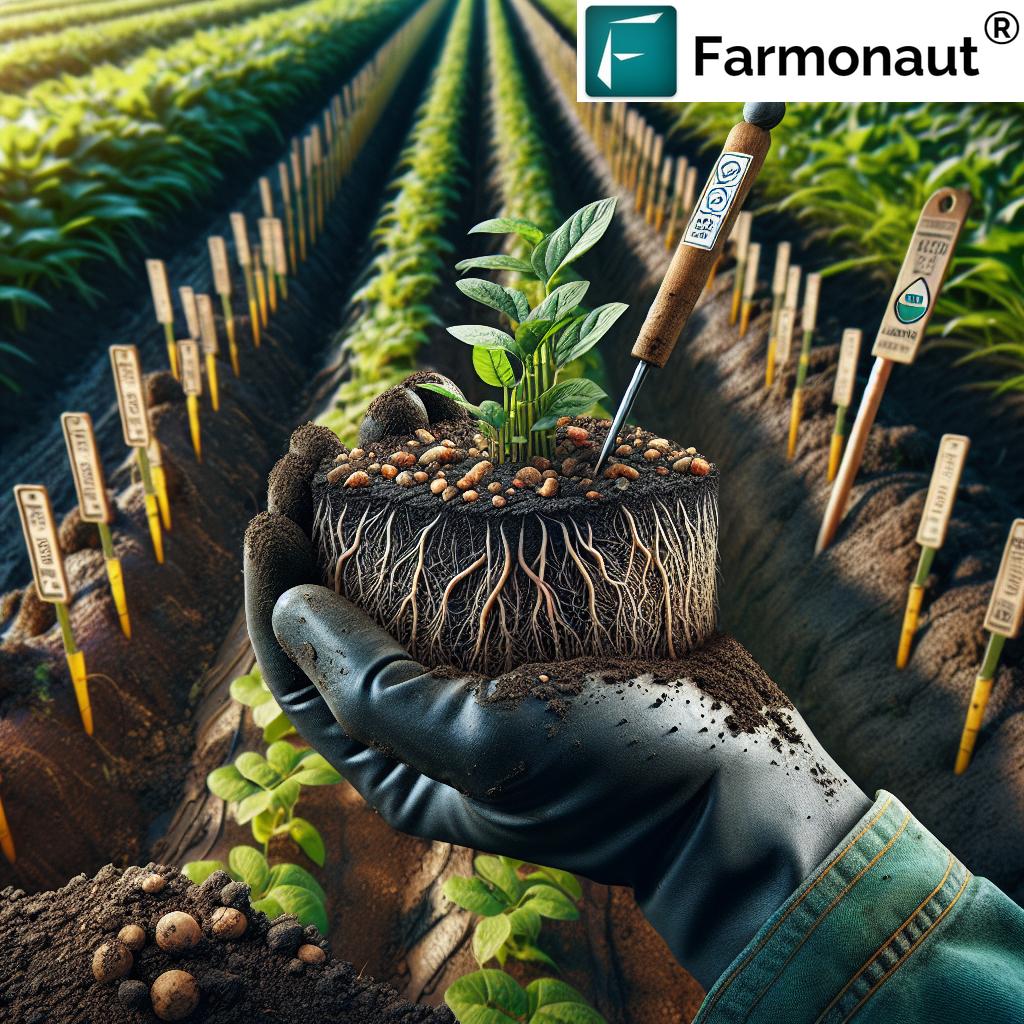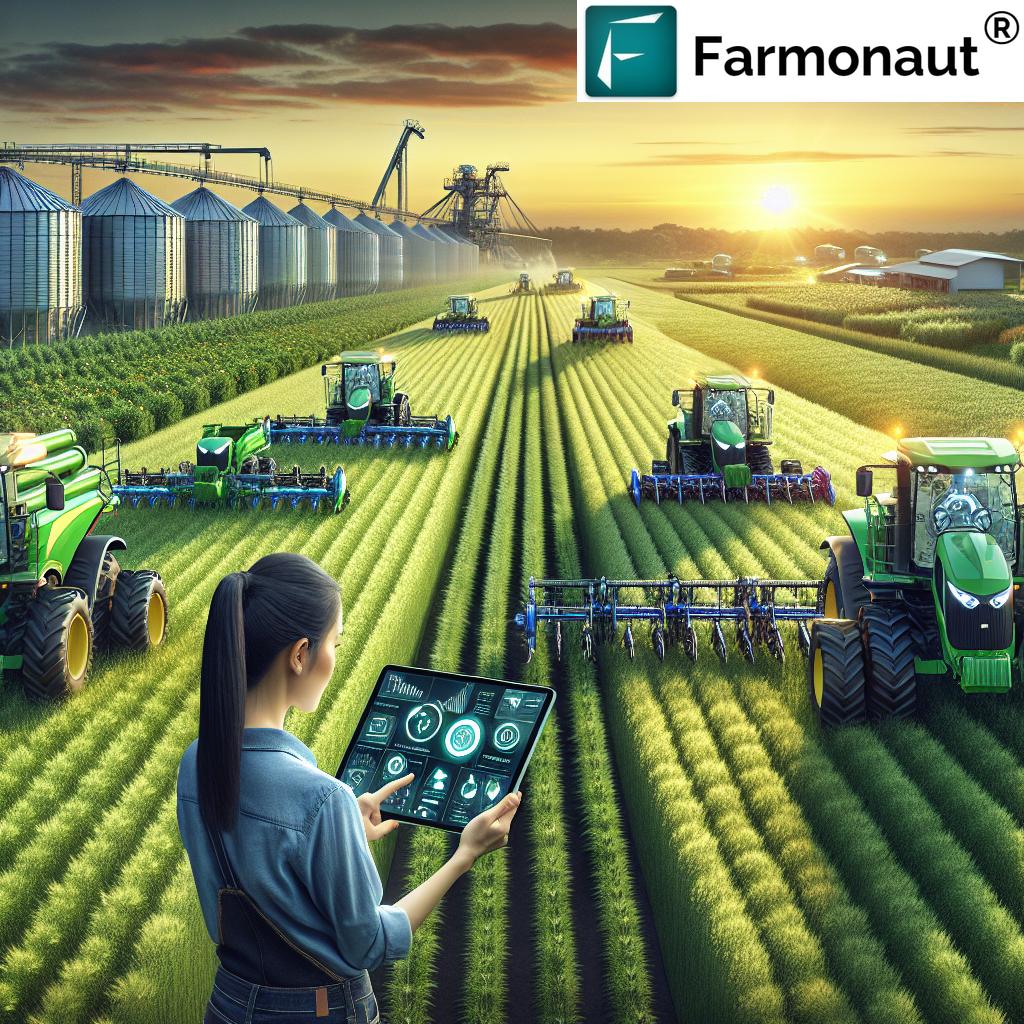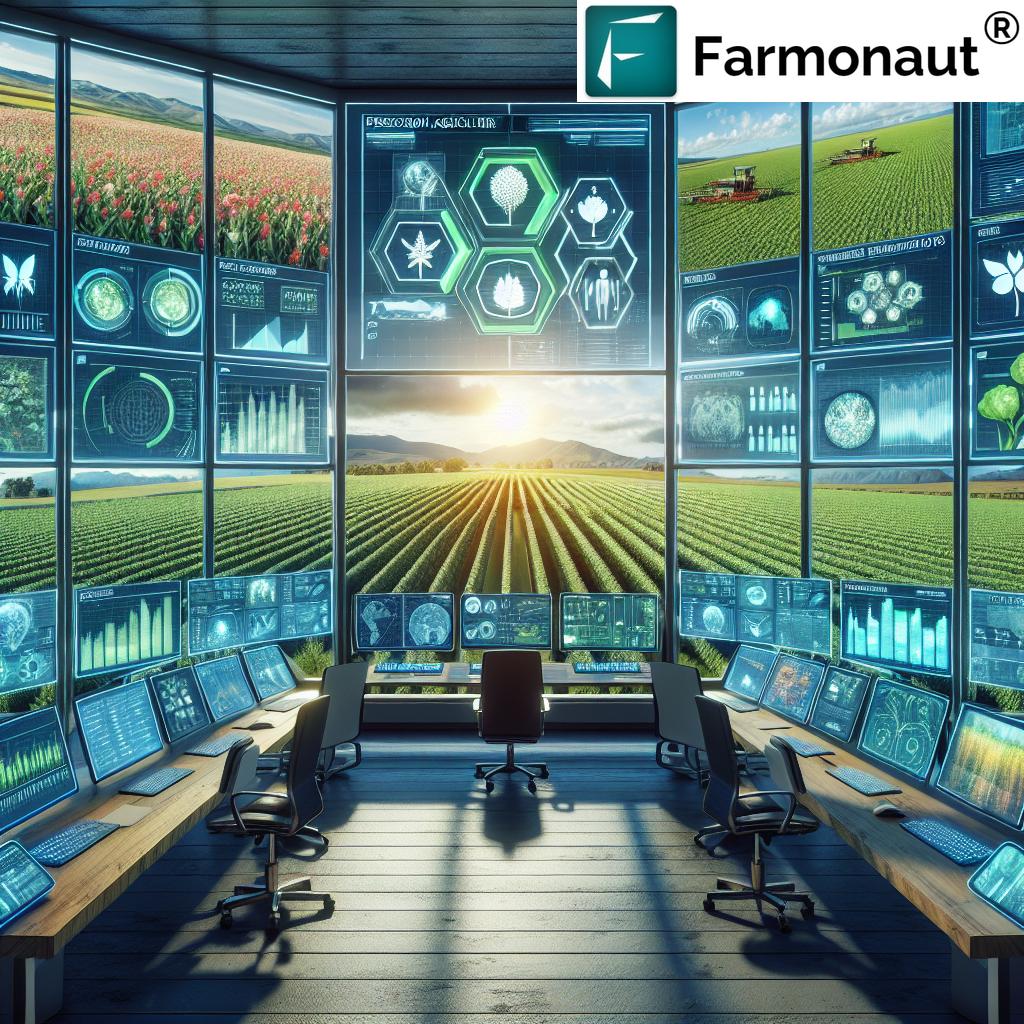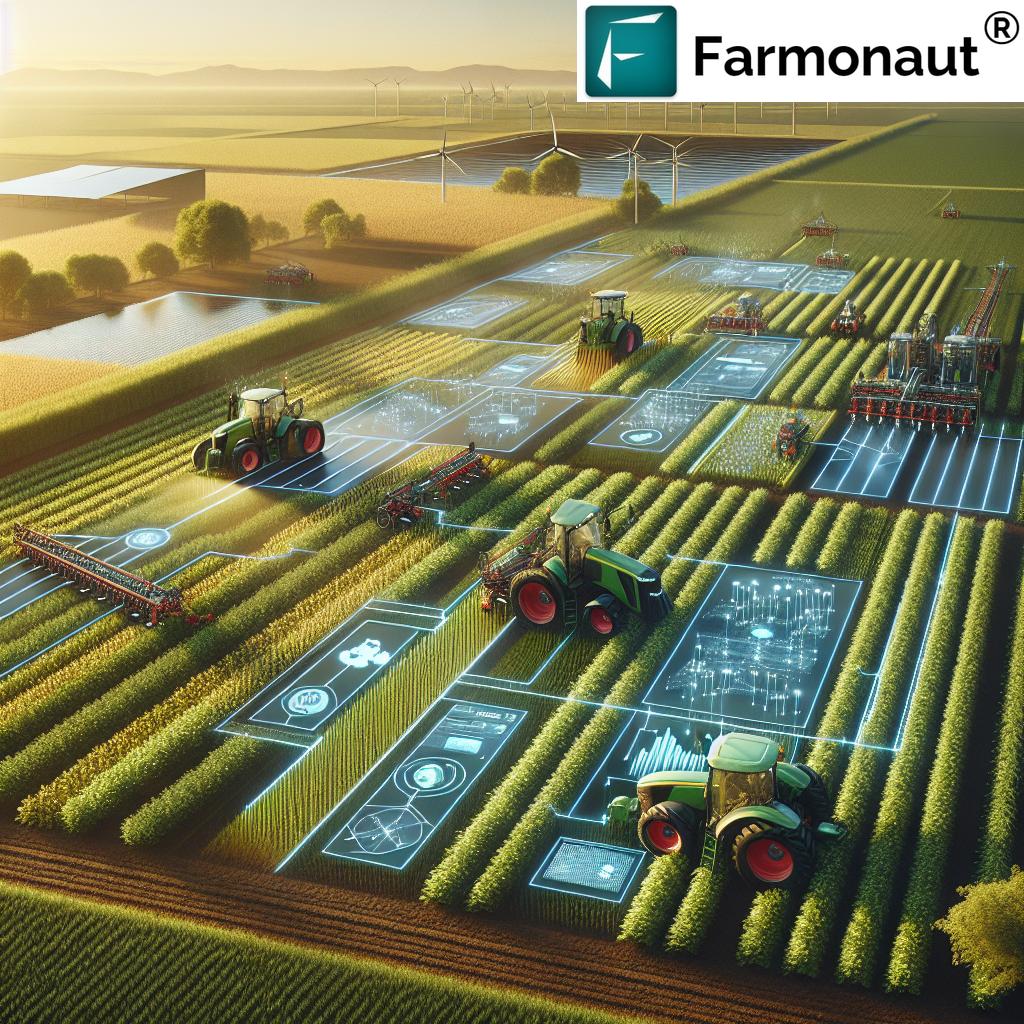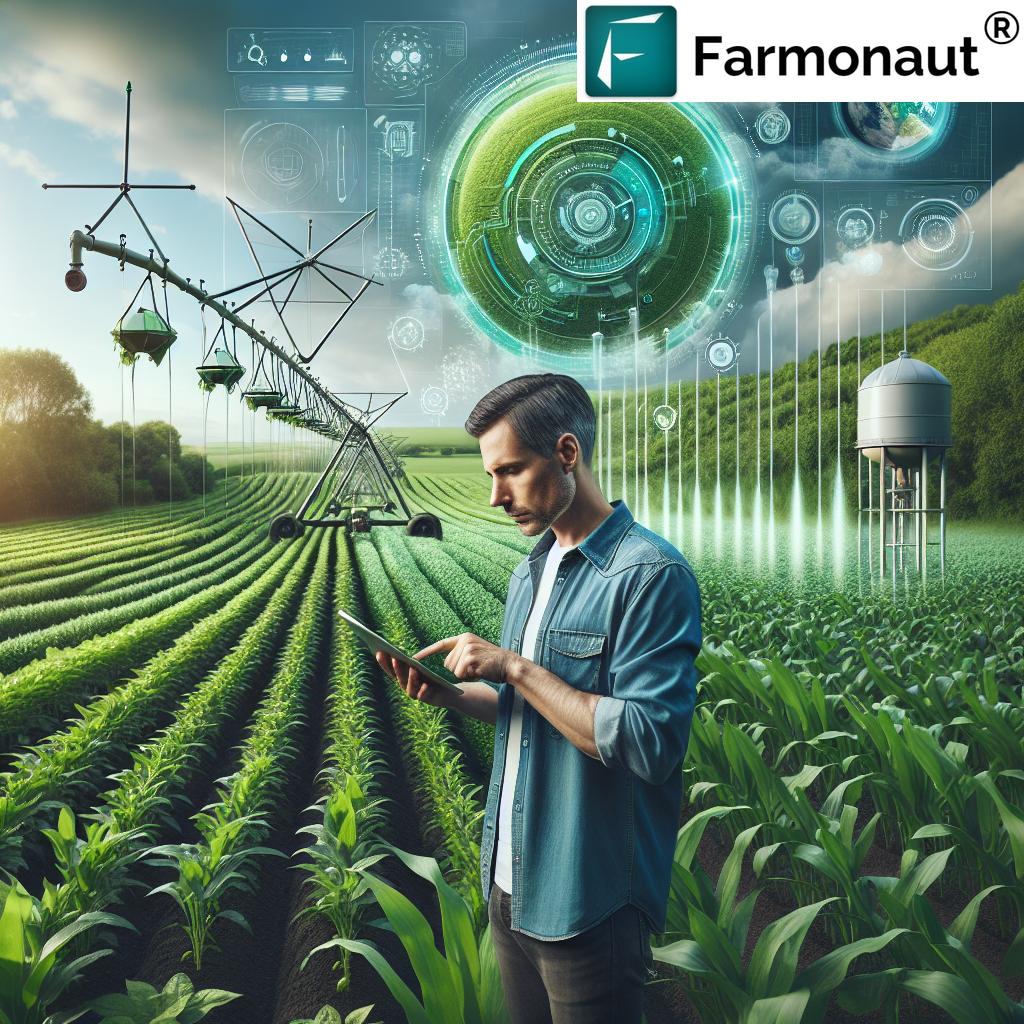Farming Analytics Software: 7 Powerful Ways to Boost Yields
“Farming analytics software can increase crop yields by up to 20% through data-driven decision-making.”
Understanding Farming Analytics Software
The integration of data and digital tools in farming has revolutionized how we approach crop production, sustainability, and farm management. Farming analytics software brings together advanced technology such as satellite imagery, sensors, AI, and machine learning to collect, analyze, and interpret agricultural data.
What is the goal? To provide farmers, agribusinesses, governments, and stakeholders with insights that enable smarter decisions—optimizing resources, improving crop yields, and enhancing overall farm profitability and sustainability. Whether referencing precision agriculture solutions or integrated farm management software, these digital platforms serve as the backbone of modern farming operations.
- Monitor crop health and field conditions in real time
- Visualize data from multiple sources, creating a comprehensive view of farm operations
- Manage resources such as water, fertilizers, and labor with greater precision
- Use predictive analytics in agriculture to forecast yields, disease, and pest outbreaks
- Support sustainable farming practices by reducing waste and environmental impact
The key is integration—blending satellite data, IoT sensors, weather stations, and digital records to unlock unprecedented levels of efficiency and productivity for the agricultural industry.
7 Powerful Ways Farming Analytics Software Boosts Yields
Let’s dive into the seven most potent strategies enabled by farming analytics software to supercharge farm yields, sustainability, and operational efficiency.
- Satellite-Based Crop Health Monitoring
Platforms such as Farmonaut leverage frequent multispectral satellite imagery to assess vegetation indices (like NDVI), monitor soil moisture, and detect early signs of crop stress or disease. This enables proactive management and precise intervention. - Precision Resource Optimization in Farming
Using spatial data, software helps apply inputs (water, fertilizer, pesticides) exactly where and when needed, reducing input waste and environmental impacts via VRT (Variable Rate Technology). - Data-Driven Crop Growth Prediction
Advanced platforms use historical and real-time data, machine learning, and weather analytics to forecast yield outcomes, helping farmers plan supply logistics, sales, and insurance needs. - Comprehensive Resource and Equipment Management
Farm management software ensures optimal use of machinery, labor, and on-field resources. It provides scheduling, maintenance alerts, and inventory management—lowering costs and avoiding downtime. - Automated Crop Monitoring Tools & Alerts
Real-time monitoring and mobile alerts highlight potential issues—nutrient deficiencies, pest infestations, irrigation needs, or emerging environmental threats—empowering prompt, targeted action. - Blockchain-Based Traceability and Compliance
Software incorporating blockchain maintains a secure, immutable record of every stage of the crop’s journey, ensuring compliance with regulations, brand transparency, and consumer trust. - Carbon Footprint Tracking and Environmental Monitoring
Analytics software can estimate emissions, identify resource hotspots, and suggest sustainable practices, supporting lower-carbon, eco-friendly operations and regulatory compliance.
“Over 60% of farmers using precision agriculture report improved resource efficiency and sustainability.”
Feature-Impact Comparison Table: How Farming Analytics Software Boosts Yields
| Feature/Technique | Description | Estimated Yield Improvement (%) | Sustainability Benefit |
|---|---|---|---|
| Satellite Crop Health Monitoring | Utilizes multispectral satellite imagery to monitor vegetation indices, soil moisture, and detect stress or disease early. | 5–10% | Enables early problem detection, reducing input waste |
| Precision Input Application (VRT) | Automated, data-driven application of water, fertilizers, and pesticides based on real field variability. | 8–15% | Less chemical leaching/runoff, optimized use of resources |
| Yield Prediction Analytics | Predicts yield outcomes using weather, soil, and growth data, guiding proactive management and marketing. | 3–8% | Reduces overproduction and food waste |
| Resource & Equipment Management | Optimizes scheduling and usage of equipment, inventory and labor through centralized software tools. | 2–6% | Improved operational efficiency, reduced fuel/emissions |
| Automated Monitoring & Alerts | Real-time crop monitoring tools and alerts for swift response to pest, disease or resource threats. | 3–7% | Minimizes crop loss, reduces emergency pesticide use |
| Blockchain Traceability | Immutable digital records for crop lifecycle and compliance, ensuring transparency. | 1–3% | Assures food safety, supports sustainable supply chains |
| Carbon Footprint Tracking | Monitors emissions, resource usage and suggests sustainability measures in farming operations. | 1–5% | Supports climate goals, reduces environmental impact |
Key Features & Benefits of Farming Analytics Software
Modern farming analytics software is designed to be the all-in-one command center for agricultural operations. Its core features integrate AI, satellite imagery, sensor networks, and robust data analytics, making it essential for anyone aiming to excel in digital agriculture.
1. Data Integration & Visualization: Making Sense of Agricultural Data Management
Today’s software platforms aggregate and visualize data from multiple sources—soil sensors, weather stations, IoT devices, and especially satellite imagery for farming. Advanced dashboards showcase field variability, crop growth stages, resource status, and potential issues in a single, actionable interface.
- Example: With Farmonaut’s platform, farmers receive color-coded maps based on NDVI or soil moisture, highlighting problem zones that need attention.
- Real-time overlays help interpret trends and plan corrective actions promptly.
2. Precision Agriculture Solutions & Variable Rate Technology (VRT)
By analyzing field variability (differences in soil, elevation, crop health), precision ag software enables variable rate application of inputs. Rather than treating all land uniformly, VRT applies water, fertilizer, and pesticides only where needed.
- Reduces input costs and environmental impact
- Decreases soil degradation and chemical runoff
- Boosts yield by targeting input to crop needs at the right time and place
Farmers can further enhance precision using drones equipped with multispectral cameras to detect diseases and nutrient deficiencies before they can be seen by the naked eye.
3. Predictive Analytics in Agriculture: Forecasting Yield, Disease, and More
Modern platforms extract patterns from historical data, real-time field observations, and forecast models to deliver practical predictions:
- Estimate potential crop yields for the season
- Predict the risk of pest invasions or disease outbreaks
- Guide logistics for harvest, storage, and marketing
With reliable predictive analytics in agriculture, farmers can safeguard their investments and plan interventions that protect both yield and profit margins.
4. Farm Resource Optimization: Inventory, Labor, and Equipment Management
Effective resource optimization in farming means ensuring that every input—be it machinery, seeds, fertilizers, pesticides, or labor—is used efficiently and cost-effectively. Leading farm management software provides lifecycle tracking for equipment, alerts for preventive maintenance, streamlined labor schedules, and detailed financial tracking.
- Reduces downtime by scheduling timely maintenance
- Ensures equipment is used optimally for field operations
- Helps manage labor shifts, contracts, and seasonal work
You can explore more about these features with Farmonaut’s Fleet Management tools, designed to streamline logistics and minimize operational waste.
5. Comprehensive Crop Monitoring Tools & Proactive Alerts
Automated crop monitoring tools collect and interpret vast agricultural data sets—including satellite images, weather forecasts, sensor readings, and manual scouting reports.
- Detects early warning signs of stress, disease, or water shortage
- Sends real-time mobile alerts and actionable recommendations
- Facilitates prompt decision-making to minimize yield loss
Our Farmonaut platform delivers AI-powered crop advisory services directly to your device, ensuring every farmer can act immediately, wherever they are.
6. Compliance, Blockchain Traceability & Transparency
Newer regulations (like farm-to-fork traceability) and consumer demands require transparent supply chains. Blockchain integration with crop analytics platforms allows every input and process to be logged, authenticated, and made accessible as needed.
- Supports food safety standards and reduces fraud
- Builds trust with consumers and buyers
- Enables regulatory compliance for major markets
Interested in secure agricultural product traceability? See our Traceability Solution for transparent, blockchain-powered supply chains.
7. Environmental Tracking and Carbon Footprinting
Sustainability is now central to global agriculture. Advanced analytics software tracks carbon footprints, resource use, and environmental impact, enabling compliance with sustainability certifications and legislation.
- Measures greenhouse gas emissions per field and per crop
- Identifies where to improve for lower emissions and water use
- Links to market incentives or government subsidies for sustainable practices
To learn more about how you can track and reduce your farming carbon footprint, visit our Carbon Footprinting Solution.
Farmonaut: Leading Digital Agriculture Technology
At Farmonaut, we’re committed to making precision agriculture affordable and accessible to all. Our cloud-based platform caters to individual farmers, agribusinesses, governments, NGOs, financial institutions, and corporations seeking to optimize farming outcomes.
- Satellite-Based Monitoring: Multispectral satellite imagery for farming covers everything from vegetation health (NDVI, NDWI) to soil moisture and early stress detection.
- AI-Driven Advisory: Our Jeevn AI offers custom, real-time insights—integrating satellite, weather, and ground data for precise management and problem-solving.
- Blockchain Traceability: Secure, transparent tracking from farm to retailer, meeting both compliance demands and enhancing consumer trust.
- Fleet and Resource Management: Tools for effectively managing farm fleets, scheduling maintenance, tracking inventory, and optimizing labor tasks.
- Carbon Footprinting: Measure and minimize farm carbon output, supporting global eco-standards and sustainability certifications.
- API Integration: Seamlessly plug in real-time satellite/weather data via our API—ideal for agritech developers, researchers, and corporate clients.
Our platform is available across Android, iOS, web/browser apps, and API.
Developers and enterprises can access our API Documentation for easy integration.
To learn more about optimizing large-scale agricultural operations, see our Large-Scale Farm Management solution designed for maximum scalability and control.
If you’re interested in crop loans or agricultural insurance, our Crop Loan & Insurance service provides satellite-based farm verification to improve access to financing while ensuring transparency and minimizing fraud.
Get Started with Farmonaut Subscriptions
Ready to digitize and supercharge your farm? Explore affordable subscription options tailored to your needs below:
Notable Farming Analytics Software Platforms
The global farming analytics software market features a wide range of platforms, each targeting specific aspects of smart farming. Here are a few trailblazers:
- Granular Inc.: Now part of Corteva Agriscience, Granular is known for its agricultural data management, financial tracking, and precision analytics solutions.
- FarmWise Labs, Inc.: These robotics pioneers target chemical-free farming by automating weeding, using AI and computer vision for in-field analytics and real-time data.
- FarmBot: An open-source automation project that combines robotics with farm management software for remote planting, irrigation, and monitoring.
While each solution brings unique tools to agriculture, Farmonaut stands out for its blend of satellite-based crop monitoring, blockchain traceability, and AI-powered advisory—all at accessible price points, especially for small and mid-sized farmers.
Challenges and Considerations in Adopting Analytics Software
While transformative, farming analytics software comes with some hurdles for widespread adoption:
- Data Overload: The sheer volume of digital agricultural information—satellite images, IoT data, sensor feeds—can be daunting. Successful platforms focus on clear visualization and actionable dashboards to help users prioritize what matters most.
- Cost and Accessibility: Advanced solutions can be expensive and may require substantial upfront investment. However, scalable, subscription-based offerings (like Farmonaut’s) now make this technology practical for farms of any size or budget.
- Privacy and Security: With sensitive geospatial and farm production data in the cloud, it’s crucial to ensure strong data privacy safeguards and ethical use of information.
- Training and Support: Realizing the full benefit of analytics in agriculture relies on training users to interpret and act on actionable insights. Many modern platforms include robust support and educational resources.
Industry stakeholders must weigh trade-offs and potential returns when investing in digital agriculture technology, but benefits often outweigh the challenges—especially as solutions become easier to use, more affordable, and universally accessible.
The Future of Analytics in Precision Agriculture
Looking forward, the role of farming analytics software will only expand. As IoT devices, AI analytics, and satellite constellations generate richer, more frequent data, expect:
- Even more precise, real-time crop & soil insights
- Integration with blockchain for robust traceability and market transparency
- Broader adoption of API-driven digital agriculture for custom, scalable solutions
- Sustainability at the core—helping farms meet climate targets and unlock new financial incentives
- Increased role of machine learning for predictive, automated interventions
Farmers, agribusinesses, and governments who adopt and leverage these innovations will be best positioned for resilience, sustainability, and profitability in a rapidly changing agricultural landscape.
FAQs About Farming Analytics Software
What is farming analytics software?
Farming analytics software is a digital platform or suite of tools designed to collect, analyze, and visualize agricultural data. It helps farmers optimize decisions about crop management, resource use, and sustainability through features like real-time monitoring, predictive analytics, and digital record-keeping.
How does satellite imagery improve farming?
Satellite imagery for farming provides a comprehensive, large-scale view of crop health, soil moisture, and field variability. Detecting early signs of disease, drought, or stress enables targeted interventions, improving yield and reducing resource usage.
Is precision agriculture only for large farms?
No. Thanks to the scalability of platforms like Farmonaut, precision agriculture solutions are now accessible and affordable for small and midsize farms globally.
How is data privacy and security managed?
Leading platforms employ strict privacy policies, secure cloud storage, encryption, and user consent protocols to ensure all farm and operational data is used ethically and securely.
Can farming analytics help with sustainability compliance?
Yes. Advanced platforms include carbon footprint tracking, water use monitoring, and support for eco-label certifications and regulatory compliance—enabling farms to meet the rising standard for sustainable farming practices.
How do I get started with digital farm management?
Explore accessible solutions like Farmonaut’s subscription plans (see earlier), and begin by monitoring a single field or farm block. Expand as you see the benefits and operational improvements.
Conclusion: Embracing Data-Driven, Sustainable Agriculture
The digitization of farming is no longer a future vision—it’s modern reality. Farming analytics software stands at the heart of this transformation, merging satellite imagery, sensor networks, and AI-driven insights into actionable tools that empower every farmer, regardless of operation size or location.
With this new era of digital agriculture technology, it’s possible to monitor crops at a granular level, forecast yields, ensure compliance, and concretely reduce environmental impact while maximizing profitability. Whether you operate a single field or oversee large-scale agricultural operations, embracing the right software and digital solutions will be key to future-proofing your farm, business, or organization.
Ready to transform your farming journey? Download and explore Farmonaut’s platform today and join the movement toward a smarter, greener, and more productive future for agriculture everywhere.
Every farm, every field, every harvest—optimized and sustainable with the power of analytics.



